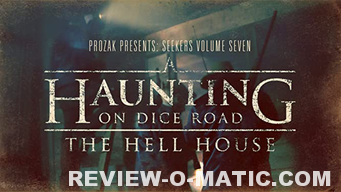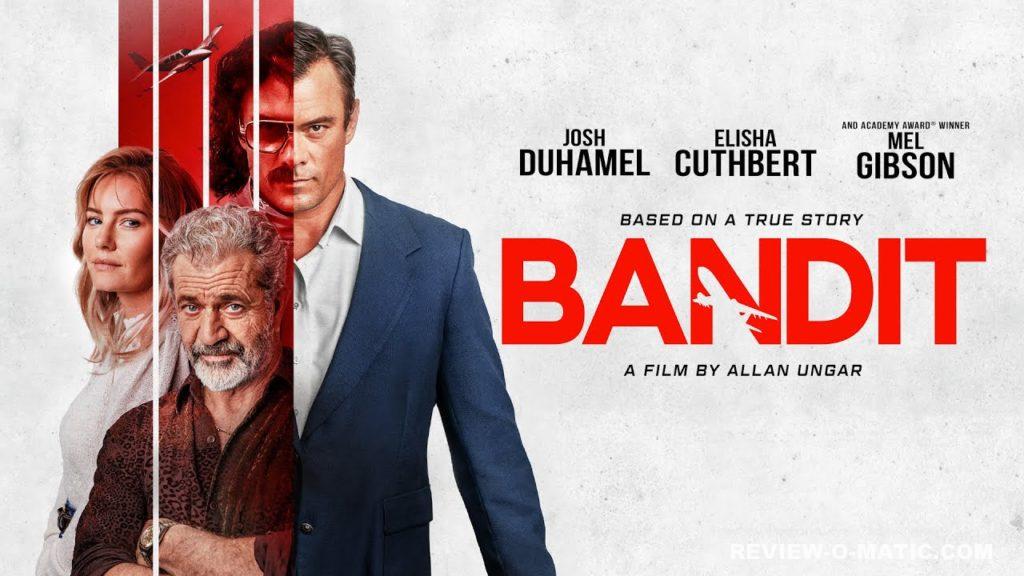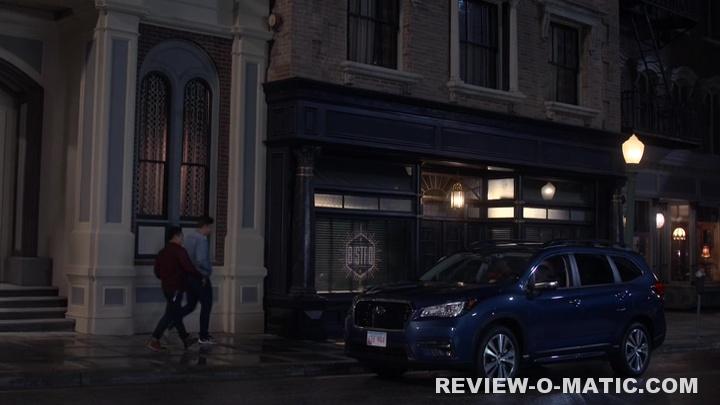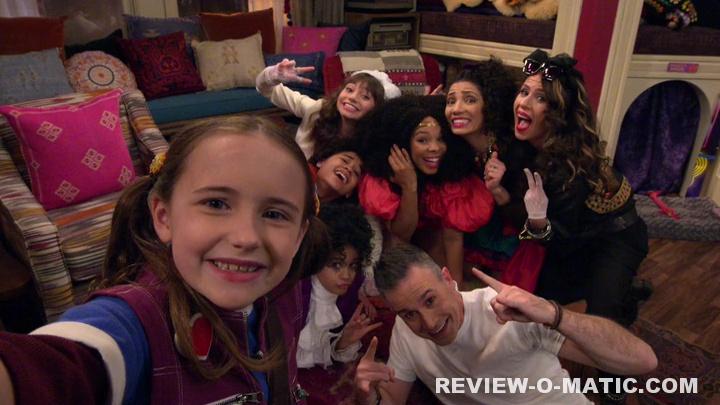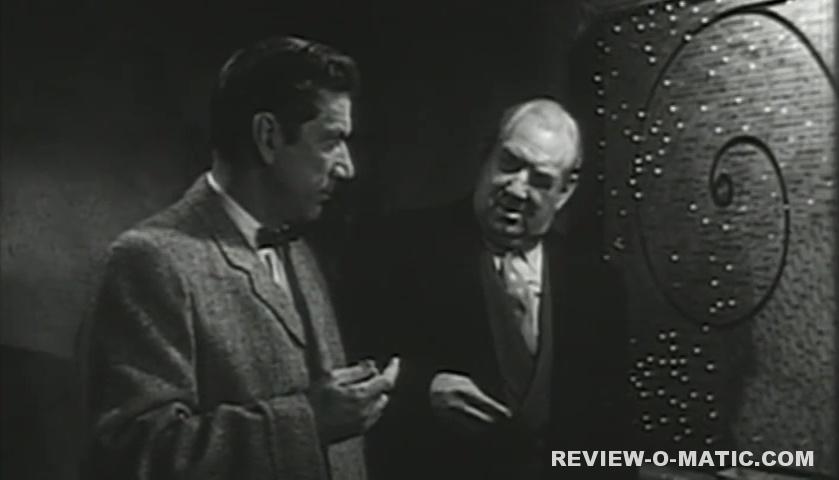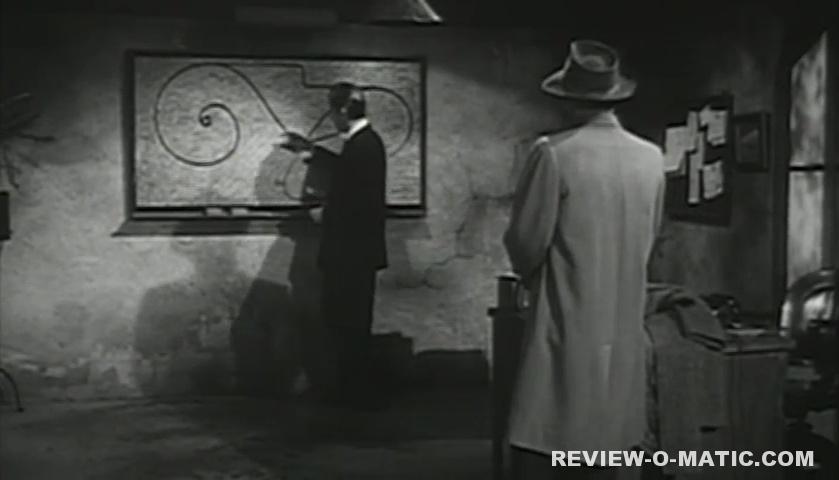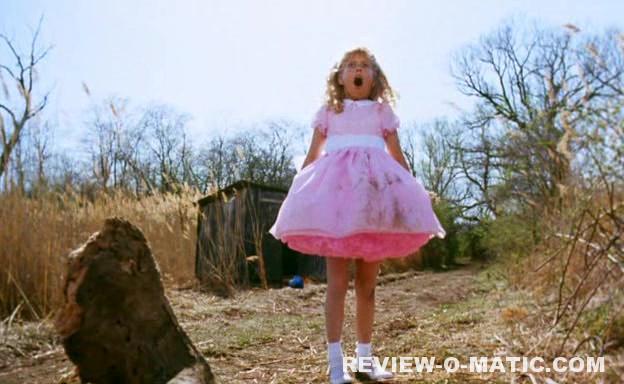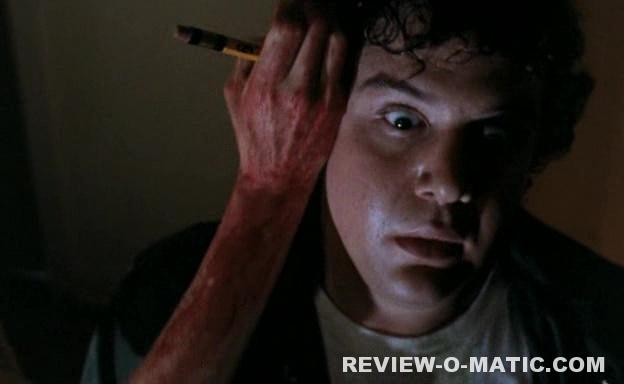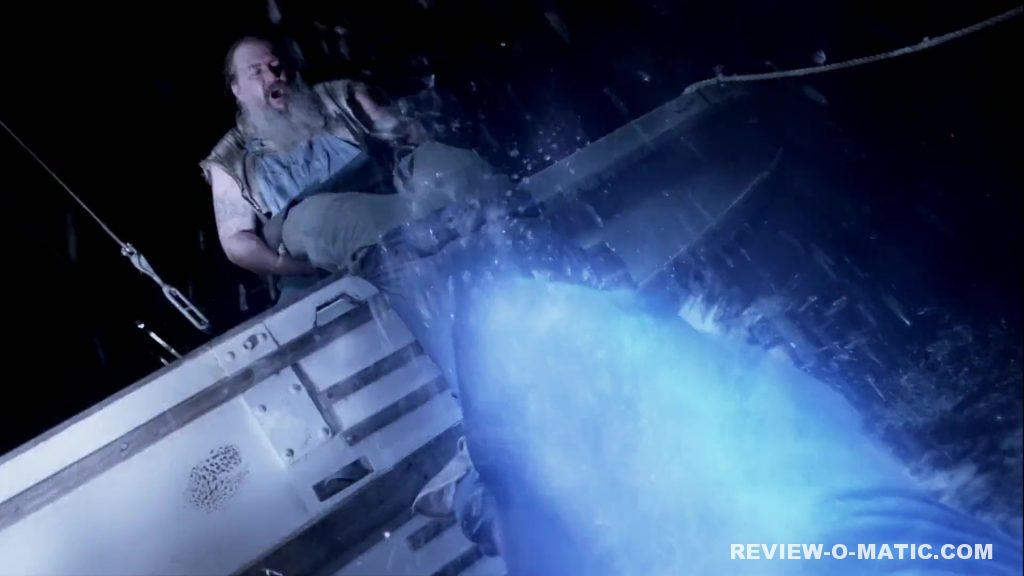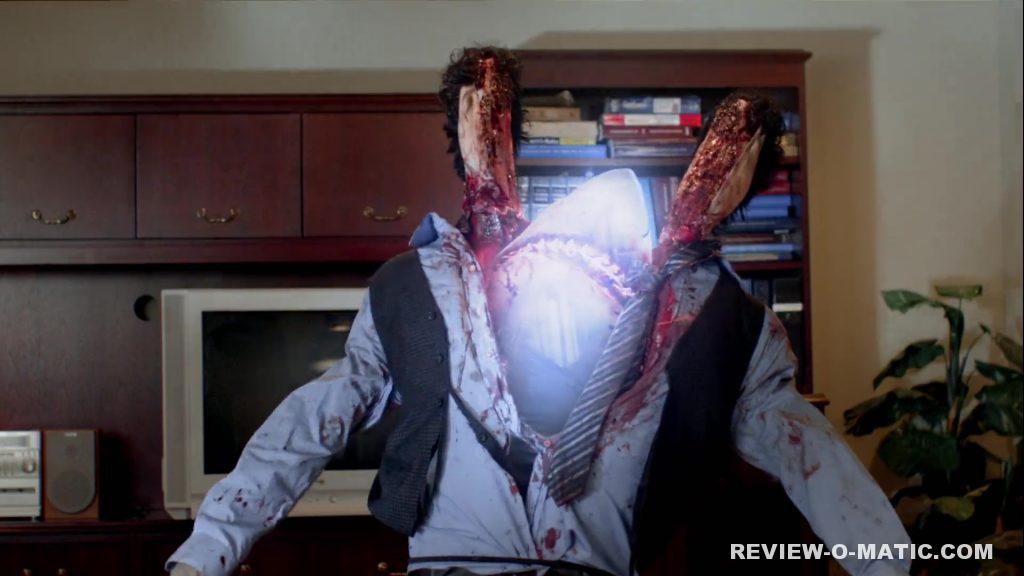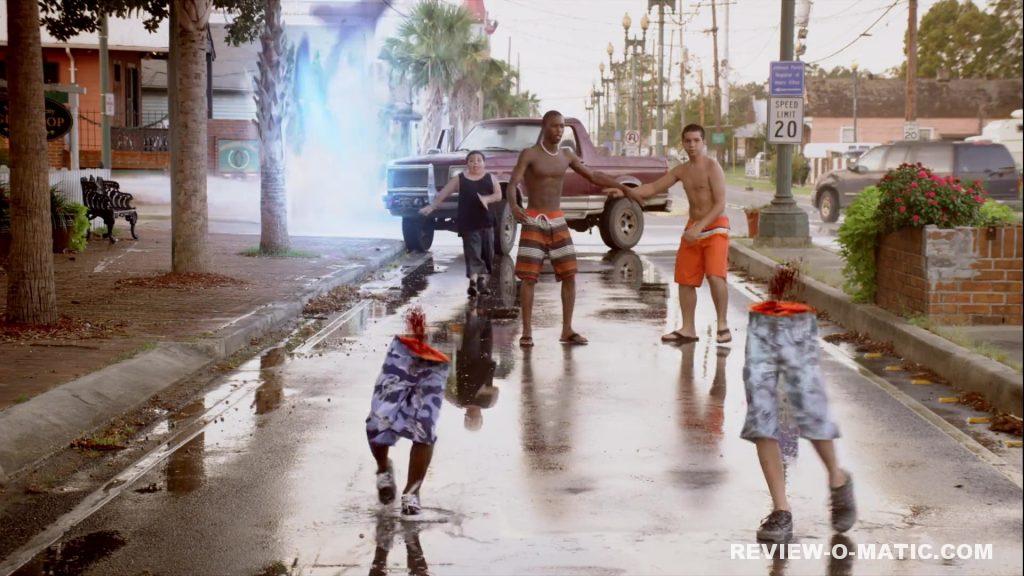Gabby Petito Story, The (2022)
October 27th, 2022
In the summer of 2021, 22-year-old Gabby Petito was murdered by her fiancée, Brian Laundrie, while the two traveled across the country in a modified camper van. The Gabby Petito Story is a 2022 made-for-TV movie documenting the couple’s relationship from its inception through its untimely end.
For those who did not follow the story as it unfolded in 2021, Gabby Petito and Brian Laundrie left their apartment in 2021 in a camper van to see the country. At least twice, the couple became involved in public domestic quarrels, one of which led to the couple being pulled over and, in a decision that has been both scrutinized anc criticized, were allowed to leave together. Days later, Brian returned to Florida, conspicuously without his fiancée. Ultimately, Petito’s remains were discovered in Wyoming’s Bridger–Teton National Forest. Two months later Laundrie’s body was found in Florida, the victim of a self-inflicted gunshot wound.
The Gabby Petito Story fills in the gaps of the couple’s relationship, and wastes little time in showing Brian Laundrie’s dark side. In the early days of their relationship. Laundrie is portrayed as merely insecure; by the time the couple moves in together, he’s jealous, paranoid, and ultimately violent. Despite Petito’s constantly reassurance that their relationship is solid, Laundrie’s rage is constantly simmering, always on the verge of boiling over.
Second only to “maybe a baby will save our relationship” on the list of bad ideas, the two decide to move into a small Sprinter van (approximately 35 square foot) and see the country, a living arrangement that could test even the healthiest of relationships. Along their way, the two are portrayed relatively one-dimensionally; Laundrie constantly puts down Petito’s blog, website, and just about everything else; while Petito never gives up hope on her husband and is confused by his eternal despise.
It is only after multiple public confrontations that Brian Laundrie eventually returns to Florida without Gabby. Lifetime posits that Petito may have attempted to end their relationship, which caused Laundrie to snap. Multiple “creative” scenes and conversations have been added to pad out the story; ultimately there’s a lot nobody knows, and nobody wille ever know, about what happened. The Petitio family stated they were neither consulted nor connected to this film, so it seems a lot of artistic license may have been taken to connect the dots.
The Gabby Petito Story leaves out a lot. It is mentioned that the FBI obtained a warrant for Laundrie after he used Petito’s debit card, an action we never see. We don’t see how Laundrie sneaked out of his own home while being surveilled by the FBI, nor do we hear from his parents, two people who were under suspicion for assisting a murder suspect. And finally, we don’t see anything about what it was like for two people growing apart to spend time together in a small van. We see them driving occasionally, but imagine the tension of two people eating, sleeping, and living together in 35 square feet.
The Gabby Petito Story comes off as one long Unsolved Mysteries reenactment. Little is added to the story and other than Lifetime’s theory that a breakup was what caused Laundrie to snap, few theories are posited. Anyone who followed this case on CNN as it unfolded won’t find much new material here.
[Note: All comments in this review regarding Gabby Petito, Brian Laundrie, and any other characters appearing in this film are referring to the characters only and not the real people.]
